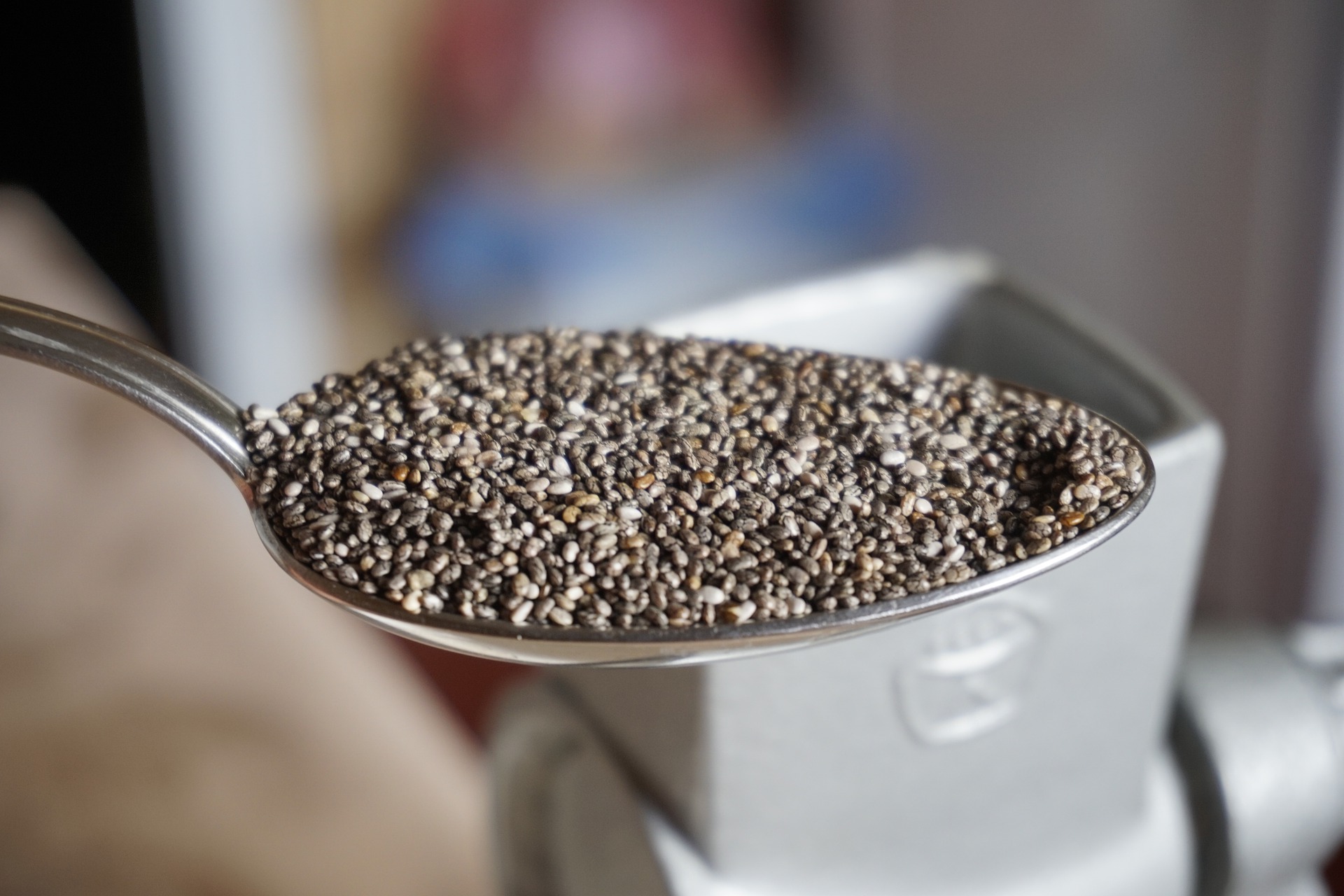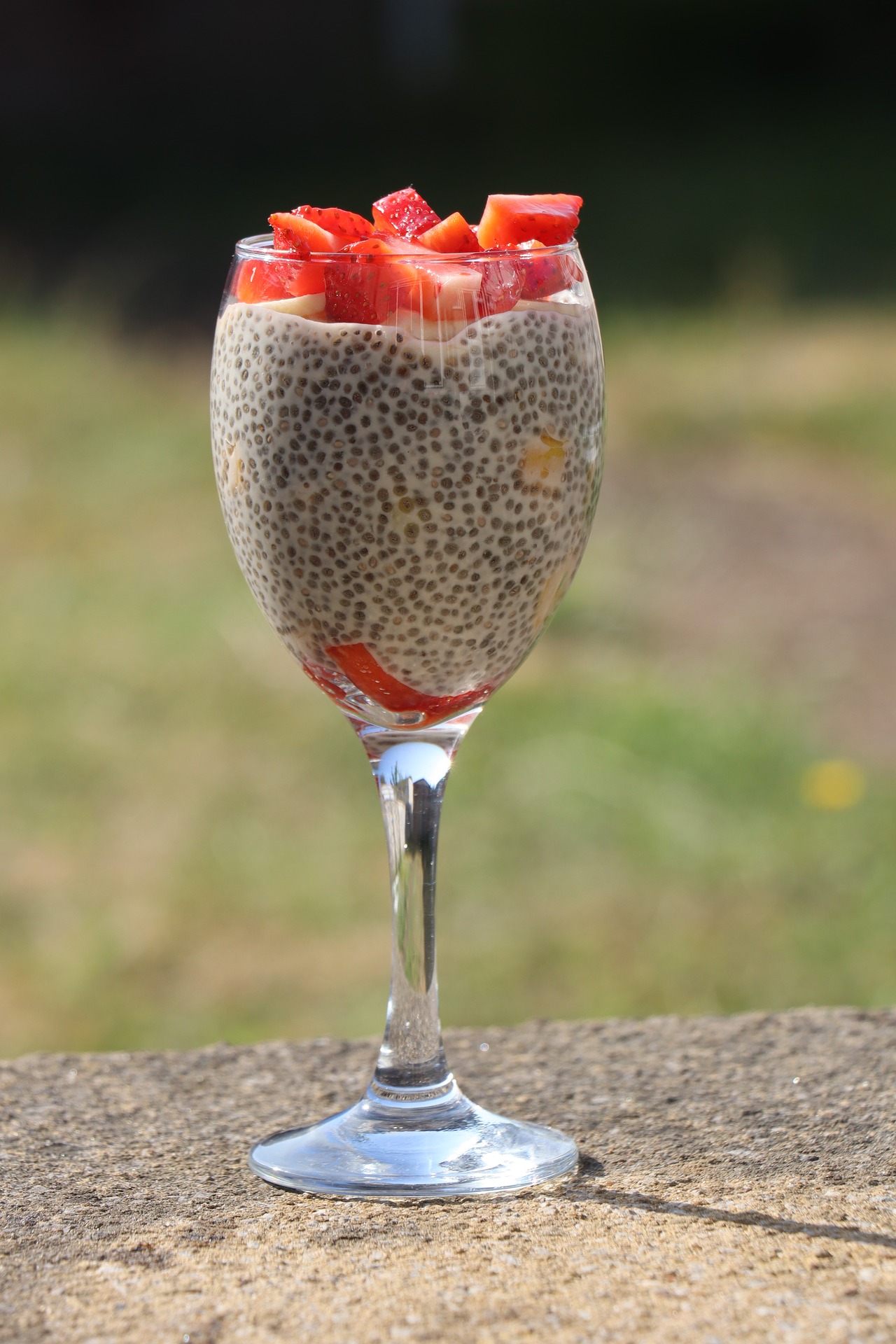
Chia ( Salvia hispanica L.)
Plant:
Salvia Hispanica, popularly known as Chia or Chia seeds, is a plant native to Central America, native to countries like Guatemala or Mexico. This plant, from the Lamiaceae family, can reach two meters in height and its white or purple flower produces the famous Chia seed, whose color varies between white, gray, brown, or black.
Chia seed is a high phytonutrient food with high health benefits, considered a superfood, which can be easily found in grains, flour, or oil. The nutritional properties offered by Chia have even led the European Union to include it, since 2009, in the list of “noble ingredients”, allowing, for example, its incorporation in bakery up to 5%, in cooked products or in breakfast cereal products.
Chia is very rich in fiber, protein, vitamins, and minerals. This seed contains, for example, more omega-3 than salmon and is more antioxidant than blueberries. It is no coincidence that he was already part of the Aztec and Mayan regime.
It should be noted, however, that Chia seeds should not be eaten dry, but hydrated, as they have the power to absorb and expand more than 10 times their own weight when in contact with water. Hydration of Chia seeds reduces the risk of obstruction of the digestive and intestinal tract due to the danger of fermentation.
Properties:
Chia is a natural anti-inflammatory and very rich in antioxidants, among other properties. Two scoops of Chia seeds, equivalent to approximately 28 grams, contain approximately 79 calories, 7 grams of fiber, 3.8 grams of protein, and 126 milligrams of calcium, along with magnesium, zinc, iron, and vitamins B3, B1, and B2, among others.
Benefits:
• anxiety,
• cholesterol,
• cardiovascular imbalances,
• type 2 diabetes,
• premature aging,
• hypertension,
• immunity,
• muscular mass,
• eyes,
• prevents degenerative diseases,
• reduce weight,
• bone system,
• intestinal transit…
How to consume it:
Chia can be found in the market in the form of seeds, flour, or oil. In the case of the seeds, consumption can be done in dry form, but most specialists recommend hydrating them before ingesting them, to avoid the risk of suffocation, suffocation, or poor digestion. Why? Chia seeds can absorb and swell more than ten times their weight in contact with water. Thus, if it is hydrated – it only takes half an hour in contact with water – the seed creates a gel that cancels out these risks.
Hydrated Chia can thus be used in soups, broths, pasta, juices, smoothies, yogurts, cakes, or bread.
Contraindication :
Pregnant or breastfeeding women, and people who have problems with intestinal inflammation such as ulcerative colitis, Crohn’s disease, or who are taking blood pressure medication or blood thinners. Also to avoid the risk of obstruction of the digestive and intestinal tract due to the risk of fermentation, the seeds must be hydrated before ingestion. In addition, each organism is different and it is, therefore, necessary to be aware of any total or momentary incompatibilities generated by its ingestion.

This text is an awareness. Depending on the season of the year and the moment in which you are, it is up to each Being to feel whether he should consume this food. The dosage and frequency depend on the nature and physical condition of each Human Being.
Learn more about seeds on:
Seeds are sources of life, but pay attention to its energy validity




